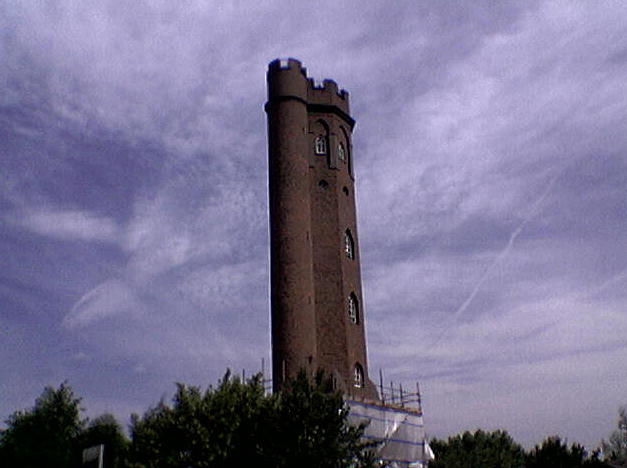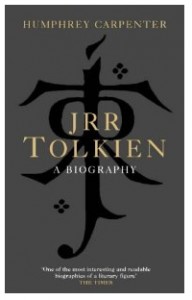Birmingham’s influence on the writings of J.R.R Tolkien
J.R.R Tolkien is best known as the author of The Hobbit and its sequel The Lord of the Rings. It is believed that areas in Birmingham may have provided the inspiration for some of the settings in these works.
Tolkien’s parents were both from Birmingham, however, they moved to South Africa in search of a better life. Tolkien and his younger brother went to visit their grandparents in Birmingham with their mother. Unfortunately, during this visit news reached them that their father had died.
Tolkien’s mother decided not to return to South Africa and settled at 5 Gracewell, a cottage in the hamlet of Sarehole. Tolkien and his brother were known to explore this area and it is widely thought that the village is the inspiration for Hobbiton and The Shire. More specifically the Sarehole Mill was the inspiration for The Old Mill at Hobbiton and Moseley Bog (which has recently been granted £376,000 by the Heritage Lottery Fund) otherwise known in LOTR as Fangorn and the Old Forest.
When Tolkien’s mother died he went to live with his aunt (for a short time) in Edgbaston. Edgbaston has two distinctive towers: Perrott’s Folly and the tower at Edgbaston Waterworks which have been suggested to be the Two Towers of Gondor (Minas Morgul and Minas Tirith). A further tower, the clock tower of Birmingham University, has also been suggested to be Orthanc, the fortress of the corrupted wizard Saruman.
It’s a good few years ago now but one of our projects was to stabilise the Folly – at the time we started work English heritage feared it may collapse.
Work uncovered a critical problem at the point where the square base meets the main part of the hexagonal tower. The oak beams, which had supported the tower, were decayed and little was holding up the brickwork.
Money was diverted to replace the beams and stabilise the structure.
At the same time a problem was detected with the brickwork. The two skins of brick on the tower were free floating. When it was built nothing had been done to tie them together. Grouting was applied and the brickwork re-pointed.
The Black Country is said to have inspired Tolkien’s ideas of the dark land of Mordor from the industrial revolution which transformed the physical appearance of the area.
J.R.R. Tolkien was also influenced by other places in later life, and the horrors and joys that were to come as he matured to manhood, experienced war, and settled into happy married and academic life.
For more on J. R. R. Tolkien: A Biography by Humphrey Carpenter offers a wealth of information about the life and work of Tolkien.




